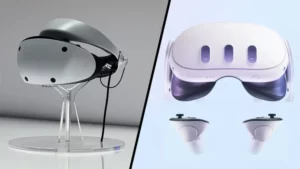Part of what makes thinking small effective is, paradoxically, thinking big: drawing on global resources to make niche initiatives work.
THE WORLD IS YOUR (OPEN) RESOURCE
The Fab City concept is built around using internationally sourced knowledge to make workable local solutions. Part of what makes thinking small effective is, paradoxically, thinking big: drawing on global resources to make niche initiatives work. Democratic design and manufacture, shared processes and software, invite many minds to tackle any given problem, for the good of all. A local approach is not about hunkering down and barricading oneself away: it’s about applying big ideas to local issues.
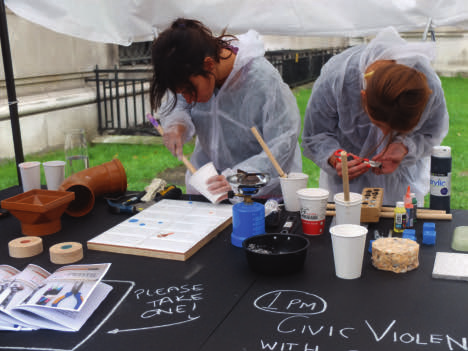
Open-source sharing of knowledge initially made a radical difference to the widespread diffusion of tech know-how. The open-source spirit remains key and its influence has now spread far more widely than its origins in computer software, reflected in the diversity of today’s Sharing Economy.
And some of the world’s major brand names are setting an example. ‘Yesterday, there was a wall of Tesla patents in the lobby of our Palo Alto headquarters. That is no longer the case. They have been removed, in the spirit of the open-source movement, for the advancement of electric vehicle technology,’ wrote Tesla CEO Elon Musk in June 2014, throwing open Tesla’s tech to all. Toyota has allowed free access to all its patents related to fuel-cell technology since 2015; and on World Water Day 2016, Levi’s made its innovative WaterLess garment-finishing tech public on Twitter: ‘We believe that water is too important to our industry to not share these techniques.’
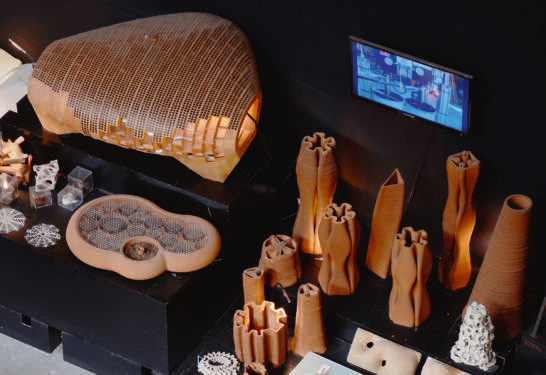
Pritzker Prize-winning architect Alejandro Aravena’s low-cost housing designs can be downloaded for free; Aravena hopes this opensource approach will help tackle the global affordable housing crisis. The Paperhouses open-source platform similarly makes world-class architecture available to all, for free: and invites users who take advantage of this to respond by sharing their own creativity and inspiring others.
THE NEW FACE OF SELF-SUFFICIENCY
As well as being sources of knowledge, brands are also becoming active educators, as consumers seek out learning experiences. A majority of US adults, 73%, consider themselves lifelong learners, with the internet a key learning tool, according to the Pew Research Center. Both online resources such as MakerSpace and Makery and real-world maker communities such as the hugely popular Maker Faires are supporting shared learning and skill enhancement. DIY has been lifted to a whole new level by the ready availability of shared knowledge – and the willingness to share it.
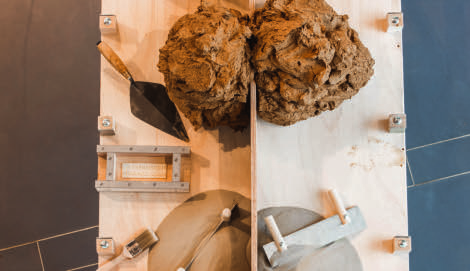
Designers can play their part by designing systems that allow others to become more self-sufficient, rather than designing finite-life products themselves. For example, some are offering circular recycling systems, effectively creating micro home factories in which waste can be reused as raw material. Examples include Precious Plastics by Dave Hakkens, an open-source project that shows how to recycle and repurpose plastics at home (read more about Hakkens and his projects in our Toolkit section). Melt by Josh James also lets DIYers turn plastic waste into new objects, using a kit that works in a domestic oven; and FormBox by Mayku, a desktop vacuum former powered by any domestic vacuum cleaner. Anyone can do this: ‘No design degree required’ says the Mayku website encouragingly.
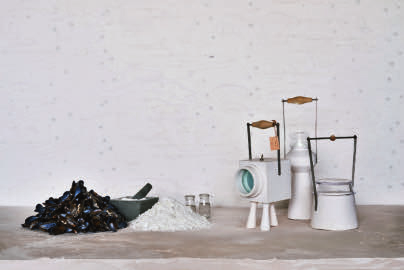
FROM DIY TO RIY
Alongside DIY, we also welcome the emergence of RIY: repair-it-yourself. Consumers are increasingly aware of built-in obsolescence and, annoyed by it both on financial and environmental grounds, are turning to repairing what they already have, supported by designers offering both material innovations and educational kits. Sugru multipurpose mouldable glue is a well-established example. Peter Marigold’s FORMcard takes a similar approach to plastic; FORMcard can be melted to make, fix or modify existing items. Fixperts, founded by designers Daniel Charny and James Carrigan (also a Sugru cofounder) takes a more holistic approach; this non-profit, knowledge sharing platform, which refers to fixing as ‘a valuable creative and social resource’, connects Fixpert designers and makers with people who need things fixed (Fixpartners) and shares the results to help others.
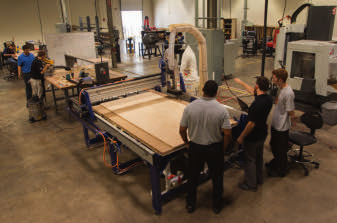
BECOMING CO-DIVIDUAL
As Fixperts and many other projects show, a major part of the ‘small revolution’ is about cooperation: individuals coming together in communities and coalitions. Housing costs are rising, alongside an increase in single-adult households among all age groups (according to Euromonitor, the number of people living alone globally rose from around 153 million in 1996 to 277 million in 2011, an increase of around 80%). This has led to more people seeking shared domestic arrangements, out of both financial necessity and desire for social connection. However, this is far removed from the old communal-living models of the 1960s and 1970s; today, people want to live as individuals while drawing on community support.
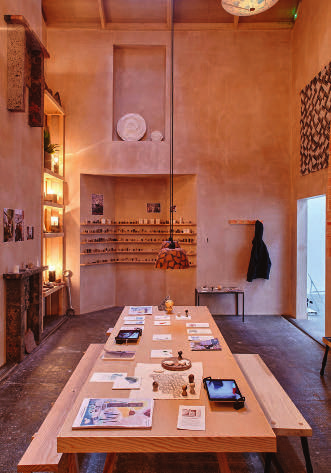
Various new models are enabling this across the world, proposing solutions that tackle the issue of affordable cohousing tailored to where they are situated. Space has long been at a premium in Japan’s cities, and Tokyo’s 2020 House Vision exhibition, themed around ‘codividual’ living, looked at introducing rental homes with large, shared living spaces. The Urby Staten Island rental residential development in New York is centred around an urban farm, communal kitchen and environmentally friendly features such as electric car chargers, aiming to create a socially responsible, community-centred complex. The Dutch ReGen Villages project, currently in development with Danish architectural firm Effekt, goes even greener, ultimately aiming to develop off-grid eco-villages powered by solar and biogas energy that recycle waste and produce their own food. There is a waiting list for the first 100 homes, to be built in Almere in the Netherlands.






